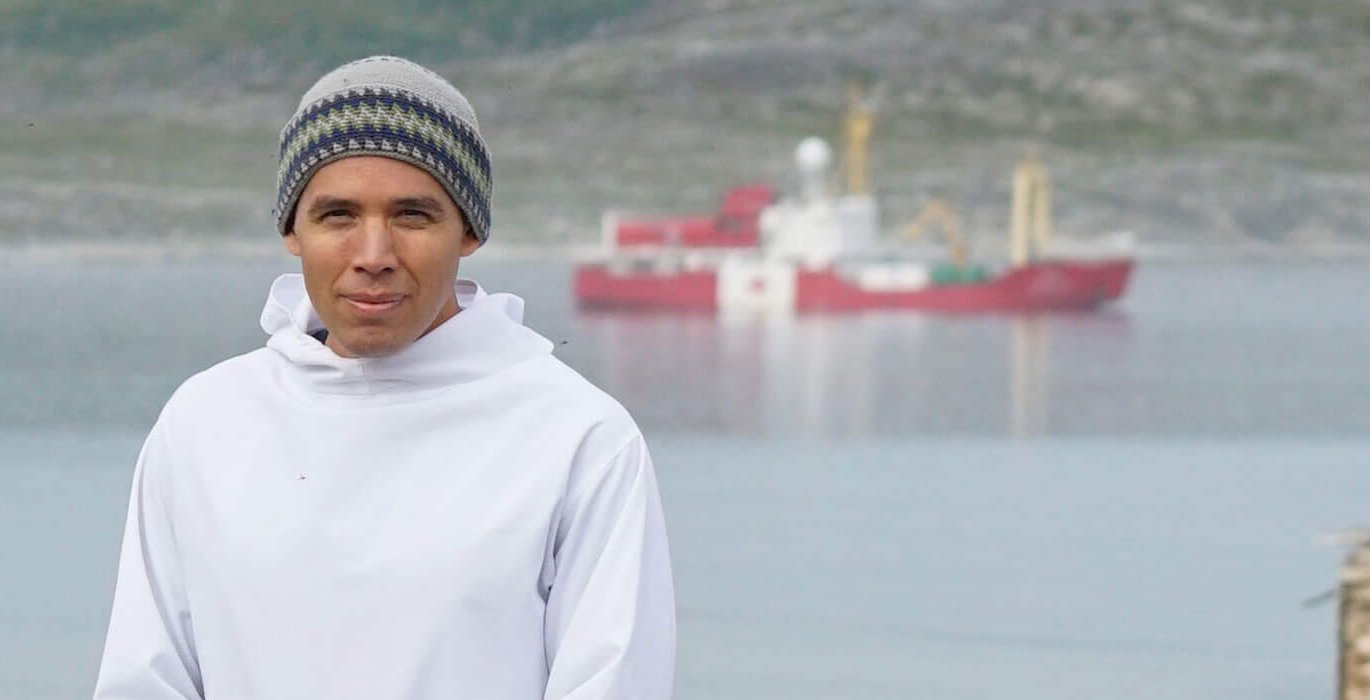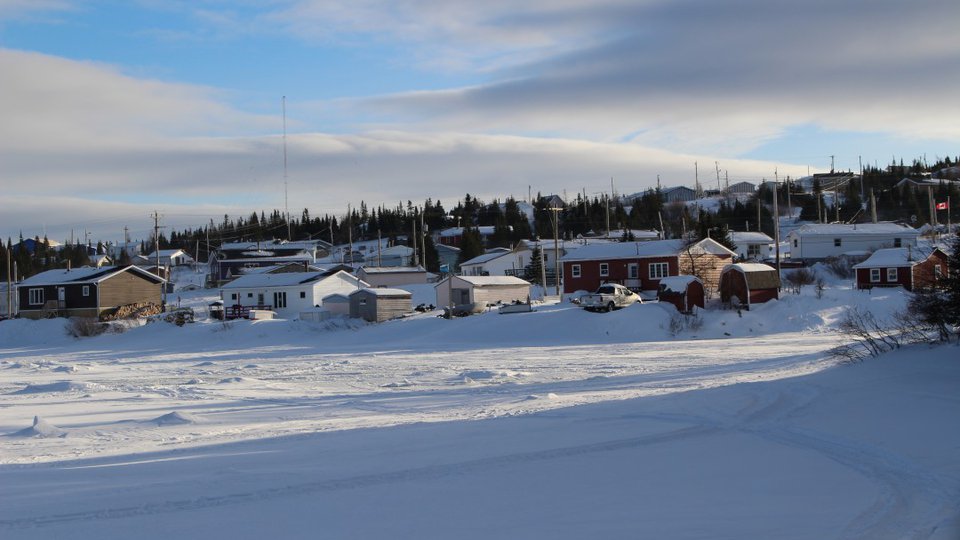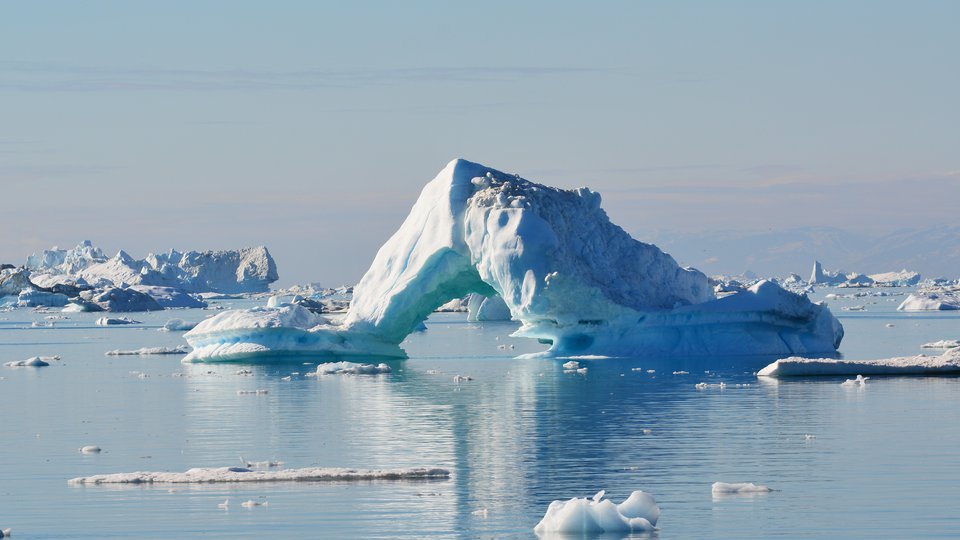
An excerpt from: The Path to Self-Determination
Inuit had to understand that the land that we had lived on and occupied since time immemorial wasn’t actually ours: that the title that we had to it, that was tenuous at best, was called “aboriginal title”, and it’s not fee simple in the way that you think of owning a home or a parcel of land. We had to explain our land use and occupancy to the Government of Canada just to be able to sit down and talk about a negotiation that would then lead to land claims agreements. So we were told that the land that was ours was actually not ours. Then you talk about, say, the minerals that are under our lands, or any of the natural resources that are under our lands: that those aren’t ours either, and why: because sub-surface is different than surface. I understand the Canadian constructs that govern us: the legislation, the Supreme Court rulings, the way in which the Canadian government has articulated this issue to Inuit. But again and again we see mining companies, we see natural resource developers, who come into our lands, and we negotiate with them for impact benefit agreements: we may get shared royalties with the province or territory in which we live; we may get business opportunities, if we meet the criteria that are set out as being “fair”. But it comes back to the same issue: what we thought was ours isn’t actually ours; and people can come onto our lands, and take from our lands, and leave us still a marginalized people and largely in poverty, while the wealth that is generated from those lands goes to private corporations and to the rest of Canada.
"Somehow no matter where we go, and no matter what we do, we are being told that who we are is secondary to who others want us to be, and our place in Canada is largely dictated by rules that we didn’t create and governments see us more as adversaries than as equals or partners."
And then we have education, and actually this one hits home to just about everyone reading or listening to this. The way in which we educated our children, and the way in which we imagined them to be productive members of our society, was irrelevant: we were doing it the wrong way, and especially in the 1950’s and 60’s the idea was that Inuit needed to be put in residential schools, and needed to be indoctrinated into a western construct, and not keep our language or our cultural ties or our ties to our parents, as a prerequisite for Inuit to be rehabilitated into “good Canadian citizens”. The effects of that time still resonate today, so that we have an education system that still tells us “the way you educate your children is wrong, and you have to educate your children in a southern Canadian way.”
And then we get into governance, the mobilization of Indigenous peoples in Canada, and the creation of Inuit Tapiriit Kanatami in 1971. This was the driving force of Inuit representational organizations in settling land claims and restructuring the Canadian map - and that’s exciting. But here we are in 2016, and when we say Indigenous peoples and Inuit need to have a participatory role in the way the government conducts its business, which is supported by the constitution and by the United Nations Declaration on the Rights of Indigenous Peoples, we are shown again and again that that request, and that reality, isn’t taken seriously. So even the place that we occupy in Canada - the governance model that we’ve created, how we’ve self-determined to the world that this is who we are - can be overturned by a government bureaucrat who decides that they don’t necessarily like Inuit Tapiriit Kanatami’s position on things, so perhaps they’ll bring in another individual Inuk, and who will represent the Inuit voice differently. It could be something as small as cross-cultural training, or it could be something as large as consultation on particular program reviews. The fact remains that there is still a basic lack of respect for Inuit and the way in which we are trying to self-determine to the world.
…somehow no matter where we go, and no matter what we do, we are being told that who we are is secondary to who others want us to be, and our place in Canada is largely dictated by rules that we didn’t create and governments see us more as adversaries than as equals or partners.
I have a picture on my phone that I’m going to show the Prime Minister: it’s of my father standing in what looks to be a parliamentary room, but standing with Pierre Trudeau and a couple of other Inuit leaders, and I want to show the Prime Minister this picture and talk about what it means to both of us to be sort of legacy children, where our parents worked on these issues and now we are working on them. But I also want to talk about how little has changed since then and the inclusion that we want to have, and how it shouldn’t be another generation of photo opportunities and platitudes that replace real action.





